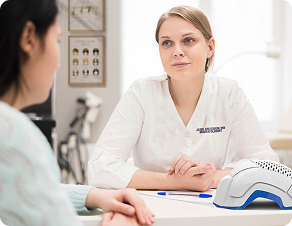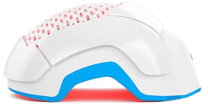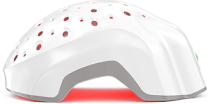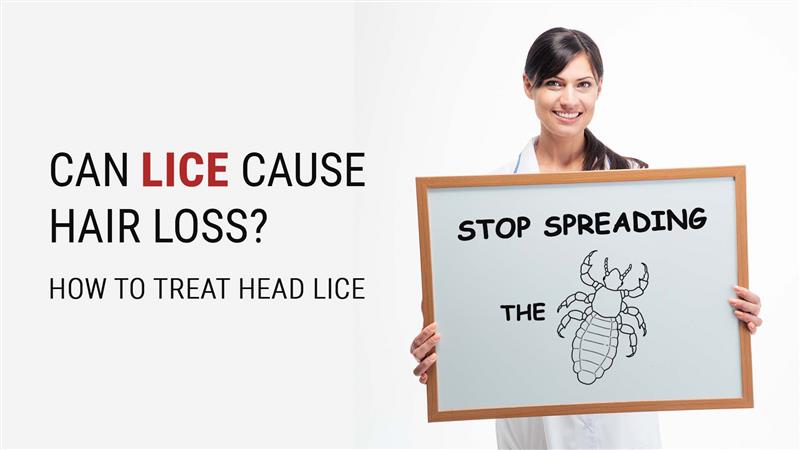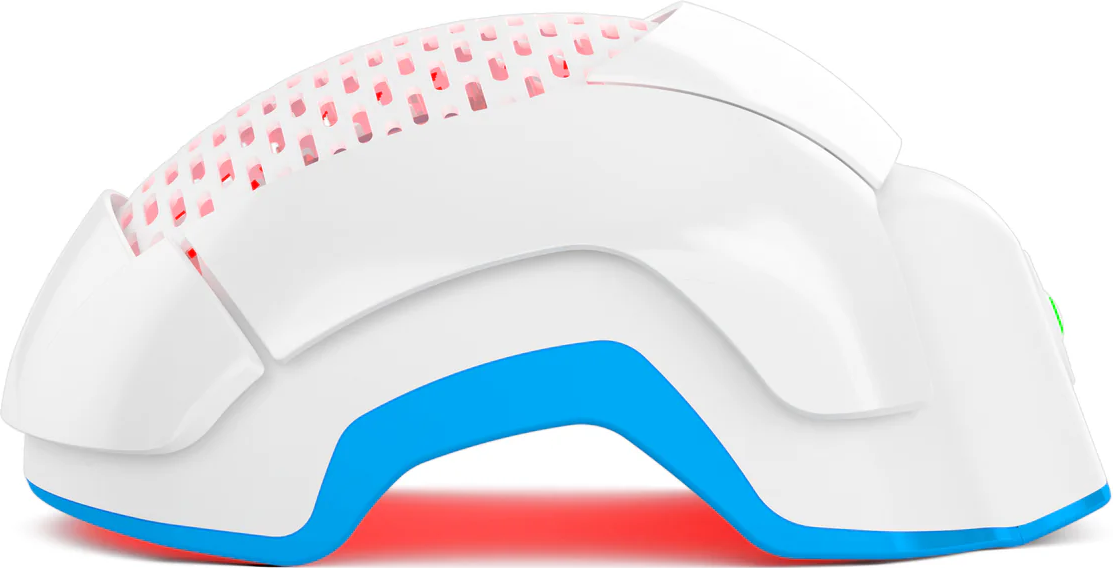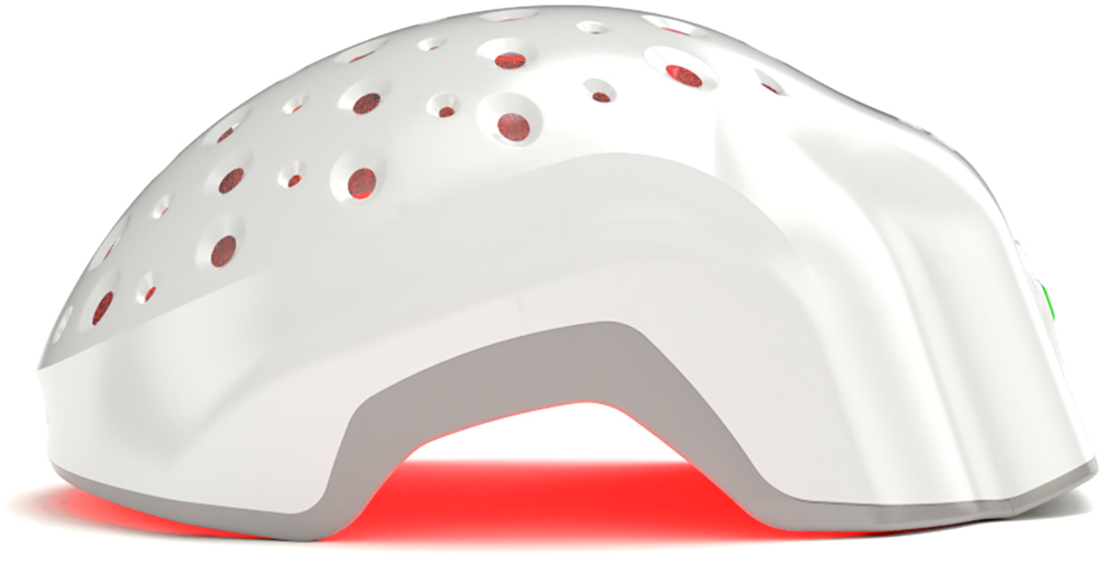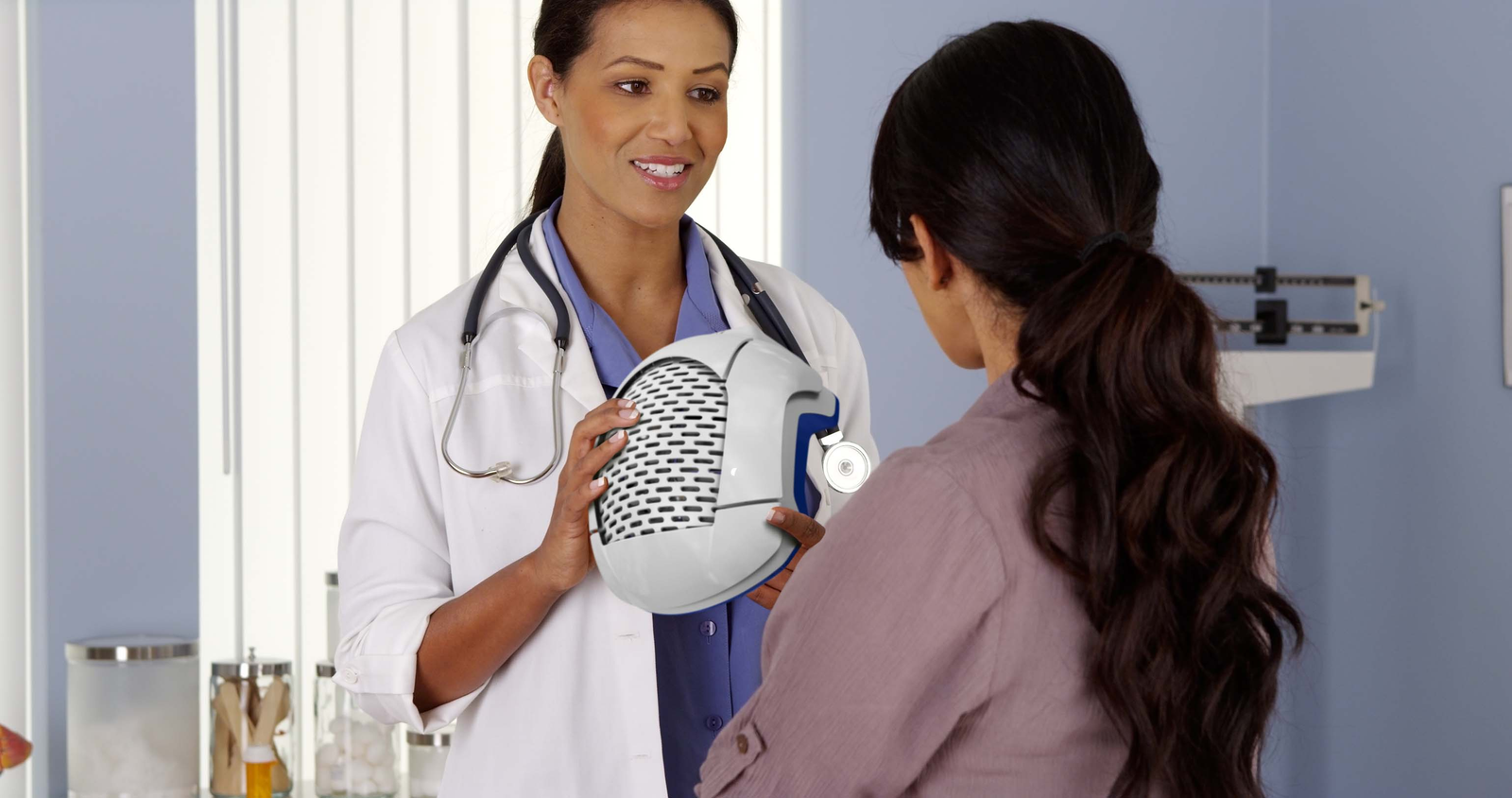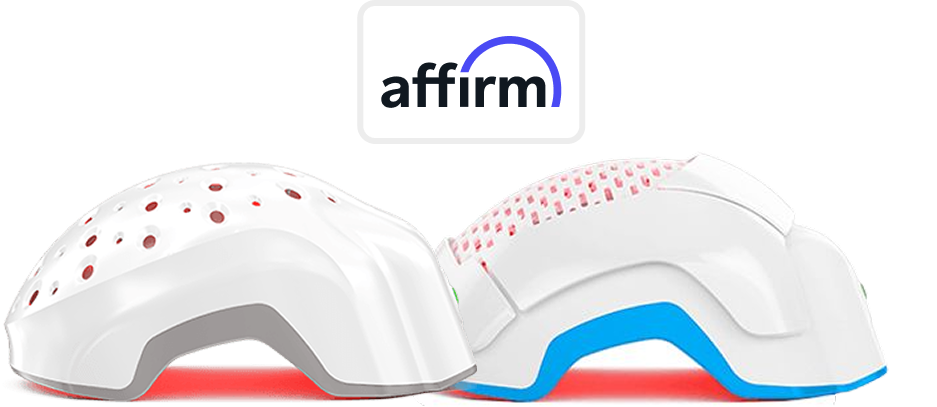Lice are annoying. Hair loss is alarming. Put the two together and it’s no surprise that “can lice cause hair loss” keeps trending in search bars. While lice aren’t follicle assassins, they do create enough scalp chaos to trigger breakage, inflammation, and—if left unchecked—real hair fallout. Scratching, stress, and secondary infections can take a toll that’s more than just itchy.
So no, lice don’t chew through hair shafts or suck follicles dry. But the havoc they create on your scalp is another story. From intense scratching to inflammation and secondary irritation, lice infestations can stir up enough trouble to raise real questions about their link to hair thinning—and that’s exactly what this article will address.
This blog will discuss how that happens, how to spot the early signs, how to treat lice properly (no kitchen experiments here), and what to do if your strands are already paying the price.
How Lice Get Into Your Hair?
Head lice—also known as Pediculus humanus capitis—don’t discriminate by age or cleanliness. These tiny parasites thrive on human scalps, feeding on blood several times a day and laying eggs that cling stubbornly to hair strands. They spread primarily through direct head-to-head contact, especially in schools, camps, and other close-quarter settings.
Once lice find a host, the infestation builds fast. Female lice can lay six to eight eggs (nits) per day. These eggs hatch in about a week, and within another 7–10 days, the nymphs mature into egg-laying adults. Without treatment, the cycle repeats relentlessly, making early action essential.
Can Lice Lead to Hair Loss?
Lice don’t actually damage hair follicles or chew through strands. They need your hair to live, not destroy it. So technically, no—lice don’t directly cause hair loss.
However, that doesn’t mean your strands are safe. The relentless itching can cause excessive scratching, which inflames the scalp, damages hair shafts, and can lead to breakage. In chronic cases, lice infestation hair loss can result from mechanical trauma and bacterial infections.
Even more subtly, the stress of prolonged infestation can trigger telogen effluvium—a condition where hair prematurely enters the resting phase, leading to shedding. So, while lice aren’t the root cause, they create the perfect conditions for hair fall.
How to Identify Lice-Induced Hair Damage?
Symptoms of Lice Infestation
- Persistent scalp itching (especially behind the ears and neck)
- Red bumps or sores from scratching
- Tiny white or yellow nits stuck close to the scalp
- A crawling or tickling sensation on the head
Signs of Hair Damage
If your scalp feels raw or sensitive, and you’re noticing clumps in your brush or thinning patches, lice may be behind it. Hair loss from lice usually shows up as breakage rather than full fallout. Some people may even see bald spots in areas with the most irritation or infection. Over time, this damage can mimic symptoms of lice and alopecia, especially in untreated or severe cases.
How to Prevent Lice Infestations?
Lice don’t care about your hygiene habits—they care about access. But reducing your risk is still in your control.
Personal Hygiene Practices
Wash your hair regularly and avoid sharing combs, hats, or headphones. For kids, tie up long hair and encourage weekly scalp checks. Clean habits don’t repel lice, but they make early detection easier.
Environmental Control
Lice can survive 1–2 days off the scalp. Wash and dry bedding, scarves, and hats using high heat. Disinfect brushes and combs with hot water (at least 130°F). Vacuum soft surfaces like couches or car seats to eliminate any stragglers.
How to Treat Hair Lice?
Getting rid of lice takes more than just one shampoo. You’ll need precision, patience, and proper follow-up.
Over-the-Counter Treatments
Permethrin-based shampoos are first-line treatments. They’re effective at killing live lice but may not fully eliminate lice eggs. Use as directed and repeat after 7–10 days. Overuse can cause scalp dryness and contribute to lice treatment hair loss, so stick to the instructions.
Prescription Medications
If OTC solutions fail, your doctor might recommend ivermectin or spinosad. These are powerful options for resistant cases and must be used under medical supervision. They tend to be more effective, but can also come with stronger side effects.
Professional Treatments
Heat-based treatments performed in clinics use controlled air to dehydrate lice and their eggs. They're chemical-free and offer immediate results, but they do come at a higher cost. They’re especially helpful in cases of recurrent or severe infestations.
Hair Care Tips Post Head Lice Treatment
Scalp Soothing Techniques
After treatment, your scalp may feel sore or irritated. Use a mild, sulfate-free shampoo and avoid styling products with alcohol or fragrance. Natural oils like coconut or diluted tea tree can help calm inflammation without clogging follicles.
Monitoring Hair Regrowth
Post-infestation hair regrowth can take weeks or months, depending on the severity of damage. Stick to a nutrient-rich diet and gentle hair care habits. If you’re still seeing lice and hair thinning months later, consult a dermatologist to rule out lingering effects or overlapping scalp conditions.
Conclusion
So, does lice cause hair loss?
Not directly—but it creates all the right conditions for it. From mechanical damage due to scratching, to inflammation, infection, and stress-related shedding, lice are definitely guilty by association when it comes to hair loss from lice.
The good news is, it’s manageable. With timely treatment, scalp-friendly care, and consistency, both your scalp and strands can recover. And if you’re looking to support regrowth after lice, FDA-cleared devices like Theradome laser helmets use Laser Phototherapy (LPT) or Low-Level Light Therapy (LLLT) that are scientifically proven to promote follicle recovery—safely, non-invasively, and without irritating already-sensitive skin.
